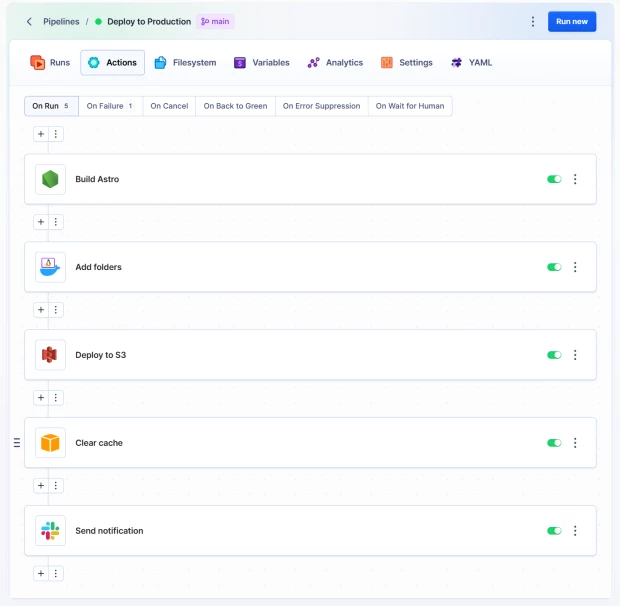Astro for Documentation Sites: Insights After 6 Months

Six months ago, we released a new documentation website built on top of Astro. After those 6 months, I decided it was time to sum it up and what worked well and what didn't.
Around 6 months earlier, I wrote an article about using Astro Starlight. Back then we introduced a new documentation page at Patchstack. Some time later we also introduced an Academy page.
Also, back then I wrote:
if you are planning to build documentation for your project you should consider Starlight for sure.
After using it for a longer time and maintaining it I think it is time to share some observations.
Maintenance
Maintaining a static website is quite simple. For 99% of the time it will just work. I mean it's just HTML. No magic here.
The only thing you have to do from time to time is update Astro and Starlight itself. The whole process is as simple as running:
npx @astrojs/upgradeBased on all the updates I did, everything worked without any problem. In general - great experience.
Working together
We are working on our Astro websites together with Rafie, Ananda and Sander. All of us have Astro installed locally, creating PR with new features and using GH for comments, tasks, etc.
Also, both our docs and Academy websites are ready for Open Source style collaboration. And it works perfectly. Every PR gets validated and when everything is OK, it gets merged.
That said - using Astro for websites, where you want to collaborate with others is really good.

Built-in components are great
During those 6 months, more components were added to Starlight(you can see all of them here). We started using them more often too. When we started using Starlight, we mostly used only the default markdown stuff, but over time we learned how those components are making the content better and a bit more fun (I love thesteps component).
Moving to mdx more often
Because of the above, we started moving to mdx files to benefit from the components. While this is great and gives us more options, it also worries me about the future. Markdown is more universal and we can use it everywhere. mdx loses this feature and if we'll ever be migrating this might become a problem.
Of course, this is not Astro's fault, but more of a mix of how mdx works and our decisions.
Migrating from subdomain to subfolder
Because of SEO reasons, at some point, we decided to move the Academy website from academy.patchstack.com to patchstack.com/acadamy. It turns out, it wasn't that straightforward, as I thought it will.
The biggest problem was related to making Astro work in a subfolder (production and local development) and the subdomain (Netlify staging environments) at the same time. With the help of some redirects, env variables and ifs I made it work.
What surprised me a bit was the fact about the links in markdown files. I hoped that by using the base parameter in the config, all the links would get prefixed with this base too. But nope (or I'm missing something) and I had to search and replace all those links.
Using a custom CI/CD pipeline
When we decided to move from subdomain to subfolder, we had to move to AWS - to make this work we had to deploy it automatically in some way. Currently, we're using Buddy, it builds everything, deploys to a server, clears the cache, and sends a Slack notification.
Soon I will probably add some extra steps validating links, etc.

Astro Starlight is still amazing
I was a bit afraid that after a few months, we would find some irritating stuff that would require some hacks or workarounds. Luckily that didn't happen at all. Over this time we learned Astro and Starlight better and we also learned how to collaborate in a better way.
This means, that when last time I said I was very happy about it, now I can say I'm even happier and I would recommend Astro to everyone even more.
Get updated about new blog posts
No spam